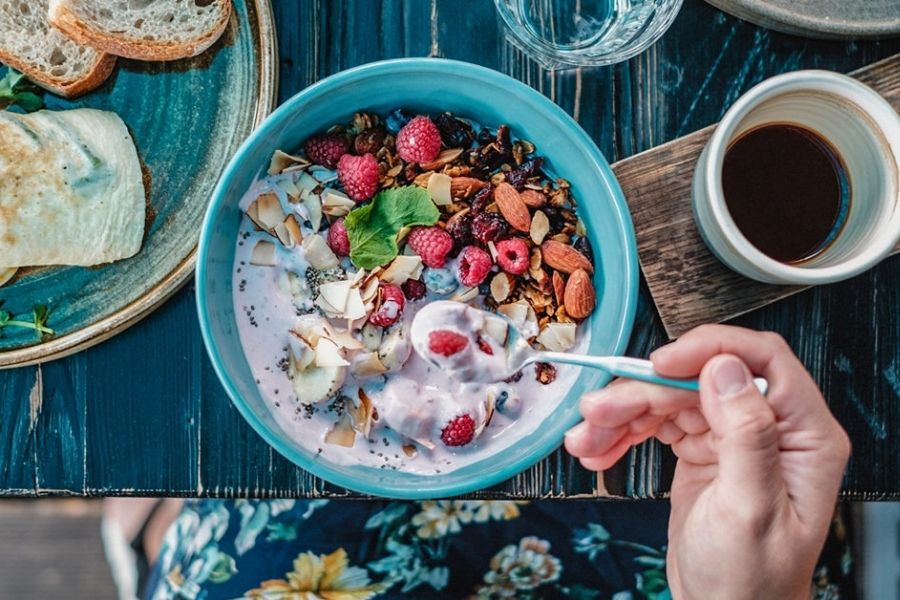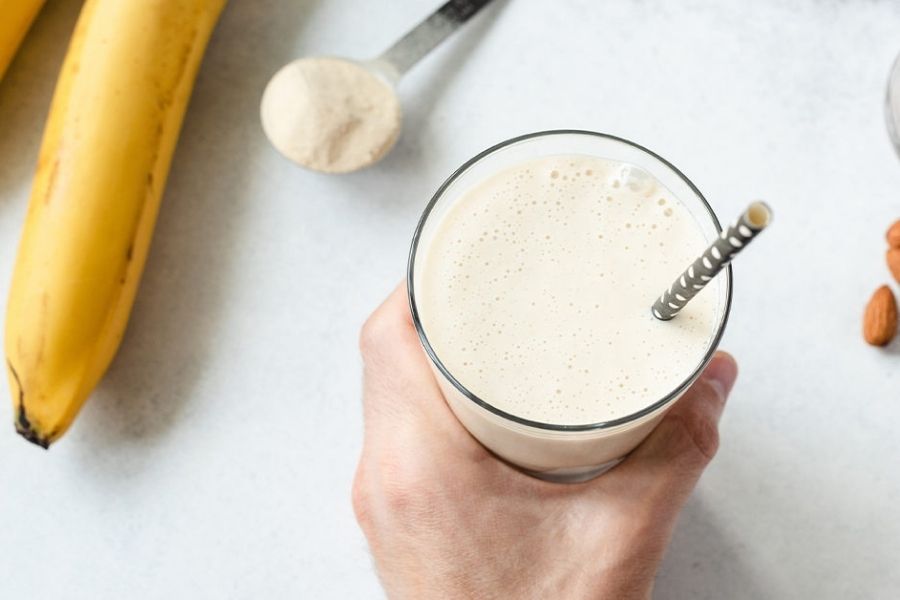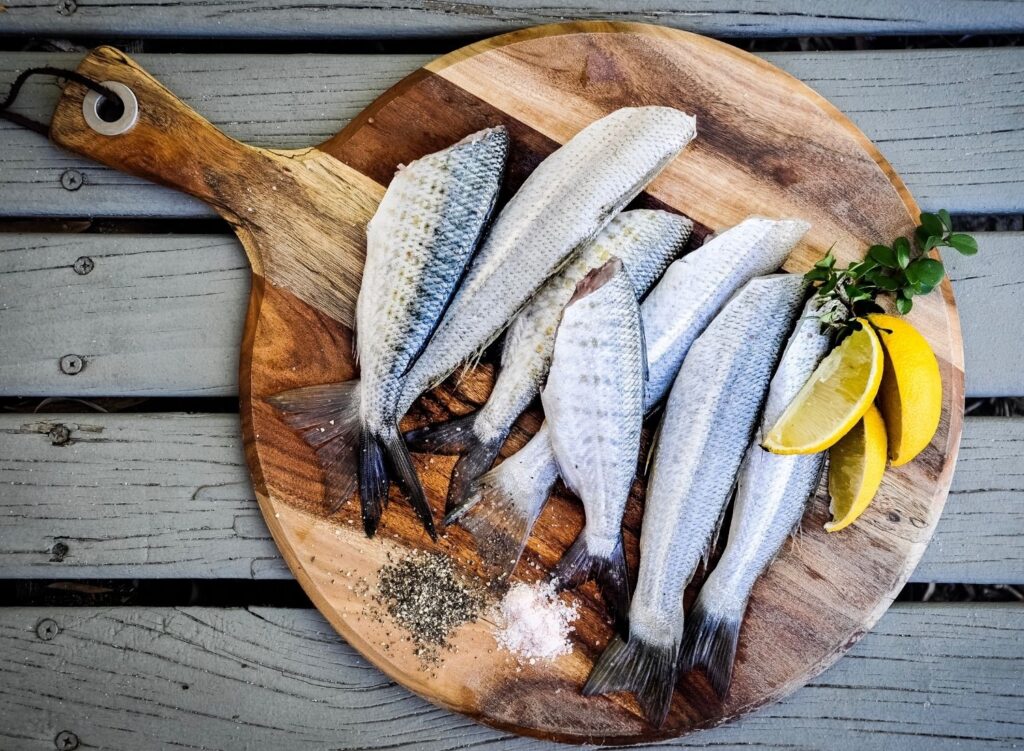It is no wonder seeing so many digestive and dietary stomach aids on the market today, along with gas and indigestion medications. Most of these conditions are likely to start with unhealthy and harmful foods. The incompatible food combinations in Ayurveda also highlight the same issue. It is a matter of sincere discussion about the growing concern about diet and many hypotheses on the subject.
Ayurveda, an ancient holistic healing science, offers a structured methodology for deciding an appropriate diet based on the components of a person’s constitution: Vata, Pitta, and Kapha. Each approach differs from a healthy diet’s primary process, focused on eating from different food groups.
Importance Of Ayurveda In A Diet

Ayurveda suggests that knowing the person is the secret to a truly healthy diet. It explains that gastrointestinal fire or agni in the gastrointestinal system passage is the main thing. It foregrounds the gastrointestinal fire in the digestive tract as the critical gateway for nutrition to enter the tissues and then move through the individual cell to sustain life’s function.
According to Ayurveda, each food seems to have its flavor, heating/cooling energy, and a post-digestive reaction. Some also have prabhava, an unknown impact. Although it is true that an individual’s agni primarily defines how often and how poor nutrition is absorbed, food combinations seem to be significant.
Agni in the gastrointestinal tract (GI) may become overwhelmed by inhibiting the enzyme system and developing toxins due to two or more food combinations with different tastes, calorific values, and post-digestive effects. These same foods will provide benefits if consumed separately.
Side Effects Of Incompatible Food Combinations

The incompatible food combinations in Ayurveda can lead to indigestion, inflammation, and gas production, and if prolonged, can lead to toxaemia and disease. Eating a banana with milk, for example, can reduce agni, alter the intestinal flora, and produce toxins.
Both of these foods (banana and milk) have a sweet taste and cooling energy. They have a somewhat different post-digestive effect. Bananas are a little sour while milk is sweet. It creates uncertainty in our digestive tract and can lead to toxins, allergies, and other imbalances.
One should not consume milk and melons together. They both have cooling effects, but milk is a laxative, and melon is a diuretic. Milk needs more time for absorption. Also, the stomach acid required to absorb the melon leads the milk to curdle, which is why Ayurveda warns about having milk with sour food. These incompatible food combinations in Ayurveda disrupt digestion, leading to various diseases.
Now, if you’re questioning, “This is much too advanced. How will anybody even bear in mind these food combos?” Then, there is some steering to introduce you to those rules! As a general practice, stop taking heaps of raw and ready food with one another or fresh foods with the leftovers.
Some Incompatible Food Combinations In Ayurveda

- Don’t eat beans with fruits, dairy products, and non-vegetarian recipes.
- Don’t eat eggs with fruits, especially melons, beans, dairy products, other non-vegetarian recipes (fish and meat).
- Don’t eat fruits with any other food. Avoid eating alkaline fruits with acidic fruits and vice versa.
- Don’t eat honey within ghee’s equal weight (e.g., one spoon of honey and three spoons of ghee), cooked or boiled honey.
- Don’t eat lemon with cucumbers, tomatoes, dairy products (except paneer and cheese).
- Don’t eat hot drinks with mango, cheese, yogurt, starch, fish, meat.
- Don’t eat melons with anything, especially dairy, eggs, fats, wheat, starch.
- Don’t drink milk with bananas, cherries, melons, sour fruits, bread containing yeast, fish, meat, yogurt, lemon.
- Don’t eat radishes with milk, curd, banana, raisins.
- Don’t eat tapioca with fruit, beans, raisins, jaggery, grains.
- Don’t eat curd with fruits, cheese, non-vegetarian recipes, hot drinks, milk, tomato, potato.
- Don’t eat protein with starch. One of the famous examples of protein and starch is mac-n-cheese. An acid, pepsin, digest protein, whereas starch in bun or Mac leads to ptyalin’s secretion, which creates an alkaline condition. So, they cancel out and leads to indigestion.
Factors That Reduce The Impact Of Bad Food Combinations

A hot digestive fire could be the most effective weapon for coping with bad food mixes. Quite often, flavorings are added to Ayurvedic preparation to help make foods compliant or ease a potent effect, e.g., cooling cilantro is added in very spicy foods.
Antidotes, such as cardamom in coffee or ghee and black potato pepper, can also decrease the toxic effects. (Coffee contains caffeine and acts on the Central Nervous System. It ultimately stimulates and causes a feeling of depression. Potato causes gastric problems.)
Tips To Aid Digestion For Incompatible Food Combinations

- Salt in food acts as an anti-diuretic and helps retain water.
- Ghee acts as a lubricant for the intestines and stimulates agni.
- A cup of lassi after the meal helps maintain intestinal flora as it contains lactobacillus strains.
- Alkaline foods help digestion and regulate gastrointestinal fire.
- An individual should fill 1/3rd with food, 1/3rd with liquid (warm water, lassi, curd), and 1/3rd should be left empty in a meal.







